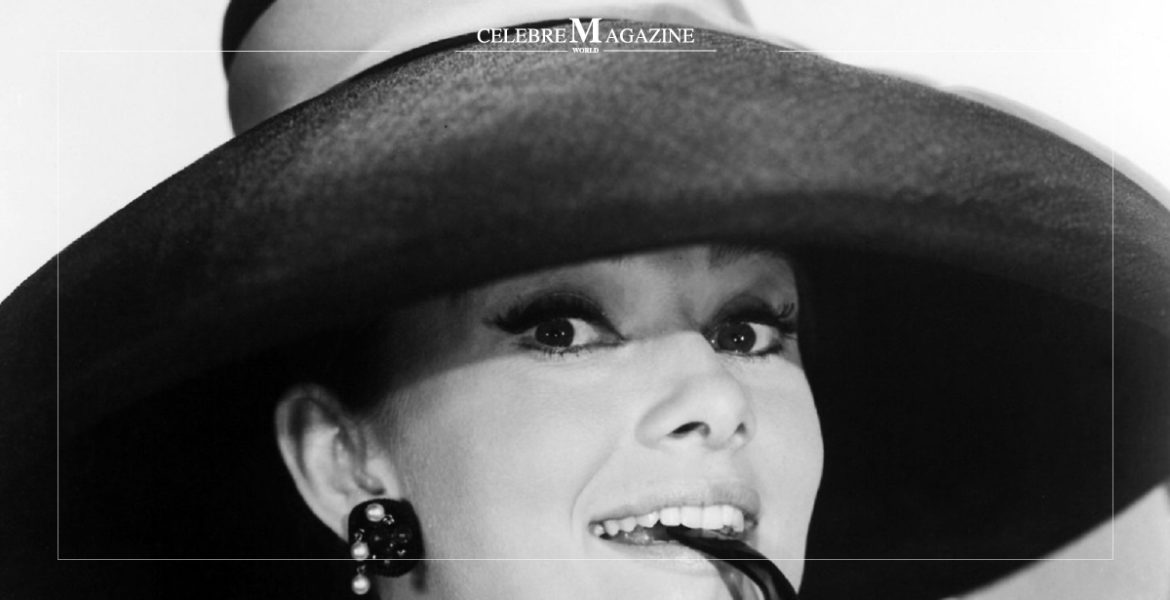Outside, you’ll catch a glimpse of many individuals wearing hats, either to complement their entire outfit, or to protect their head against sunlight, or to avoid the ears from chilling. Hats have a significant part when it comes to fashion, yet less functional in every part of their history, and it becomes less likely ornamental.

Hats serve as a head covering, and it usually comes with a visor and crown. They are well known from brimless caps, yet may also come with a visor. These are important since they embellish your head, which serves as a room for their rational powers. Men’s headwear is quite different from women, though, in the modern era, few hats design for women has been imitated by men. Keep scrolling to gain more insights about hats evolution over the last century.

These hats serve as a material communicator indicating age, gender, group affiliation, as well as social status. These are also ceremonial icons and sexual attractiveness enhancers. As an art form for sculpture, hats are interpreted and described in colour, shape, textured materials, proportion, the scale for a person, and accessory.

While these are universally worn, its historical development took place in Western Europe. The hat fashion for women started during the Renaissance then grew dramatically along with the industrial revolution in the nineteenth-century, which is popularly known as the millinery “Golden Age,” wherein it lasted up to mid-twentieth century.

Origins of Women’s Hat
As recorded in the paintings in the Neolithic cave in Tassili, Algeria, its first prototype was the head wrap, which was turbanlike, just like a the pointed cap. This was later seen in Mesopotamian sculptures, a female figures using various hats shapes.

Records also show that during the fifth-century, Greek women have worn bandeau or a net caul to secure their hair. There is also a type of hat intended for both men and women, such as the wide-brimmed petasos. This will serve as a protector on a sunny day. The Romans also embraced this fashion. For religious and modesty reasons, women’s hair must have been covered while they were praying. Thus, those wealthy Christians, all women during the Middle Ages, were wearing hoods, draped veils, or simply headdress indoors, viable wide, full hats when travelling. On the other hand, farmers were wearing hats on top of hoods or skullcaps while they were working.
Renaissance Humanism Where Fashion Started
With the Renaissance humanism exposure during the fifteenth-century, the free enterprise in Italy encouraged by the overseas trade as well as sizeable middle-class wealth together with the recognition of earthly depiction and attire as an art form. Thus, Western fashion was born, whereas person yearning advantages enjoyed by aristocrats obtain hats and clothing, and individual materialism grows to several regions in Northern Europe.

Having beautiful hair is one of the valuable assets of women held high all the time to build up women’s neck curves. To add to their fashion, women wear a hat as a symbol of status, wealth, and power. If you keep your hair covered, it symbolizes nobility. Distinct hats signify separate orders inside a social hierarchy.
Article edit by Serena Pagano

